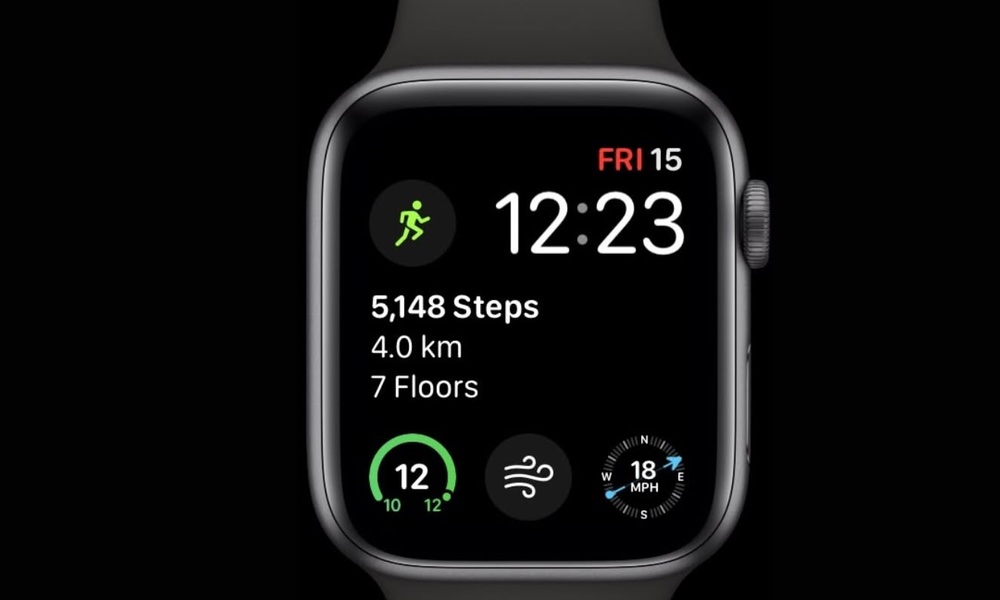When the National Football League reached a $765 million settlement in late August with over 4500 former players suffering from brain injuries as a result of playing pro football, feelings were mixed, to say the least. Many players and their families were grateful to put the legal battle behind them, but many also felt the NFL had gotten off too easy.
The plaintiffs in the suit alleged that the NFL deliberately promoted misinformation about mild traumatic brain injuries — denying scientific data on concussion risks. The settlement money is being used to fund medical exams, concussion-related compensation, and medical research for retired NFL players and their families, and to pay litigation expenses.
Studies have identified the serious brain damage that can occur with repeated traumas to the head as a key cause of dementia later in life.
The studies and the recent NFL settlement highlight the risks of American football, but soccer players are at risk as well, particularly those who head the ball frequently.
It's not unusual for an individual who has had a blow to the head to perform relatively well on a neuropsychological testing battery, and then go on to struggle in everyday life.
Traumatic brain injuries, TBIs, and chronic traumatic encephalopathy (CTE) are becoming household terms, as parents of school-age players become aware of the cumulative and long-term effects of repeated hits to the head. Better helmets and rules to reduce contact may help, though better helmets can also result in rougher play. Other groups are putting pressure on the NFL to revamp the rules of play so that brain damage is less likely, but so far little has changed.
Thirteen ex-NFL players who had neurological problems but who weren’t diagnosed with any kind of brain disease were asked to do color sorting tasks while their brains were scanned with MRI. Sixty healthy people were also tested as controls.
The frontal lobe is the seat of our executive function, decision-making, and other high-level cognitive abilities we rely on every day. It’s likely, the authors said, that the neurological problems the ex-players had experienced were the result of these frontal lobe changes.
“The NFL alumni showed some of the most pronounced abnormalities in brain activity that I have ever seen,” lead author Adam Hampshire said in a statement.
Even more striking was the fact that the amount of brain abnormality in each player seemed to correlate with the number of serious head traumas he’d had during his career.
The problem, say the authors, is that the tests we have to detect neurological problems in players and former players aren’t very effective. “It's not unusual for an individual who has had a blow to the head to perform relatively well on a neuropsychological testing battery, and then go on to struggle in everyday life,” they said.
The findings highlight the need to track this gray area of brain disease in players across seasons to monitor brain changes over time.
This may be why the ex-players in this study were complaining of neurological symptoms but undiagnosed with any disease. Adding MRI — magnetic resonance imaging — to the standard tests might reveal more about what’s going on in the brain, especially, the authors said, for former players who are trying to negotiate compensation for their career-related neurological problems.
Giving players scans as part of annual checkups could help pinpoint damage during a player’s career, rather than after the fact and possibly prevent further damage.
The findings highlight the need to track this gray area of brain disease in players across seasons to monitor brain changes over time. The authors urge that such tracking would be a huge step in understanding how the changes develop, and how rapidly.
The study was carried out by a team at University of Western Ontario and is published in Scientific Reports.




